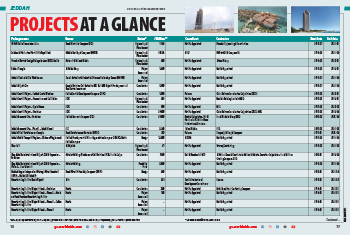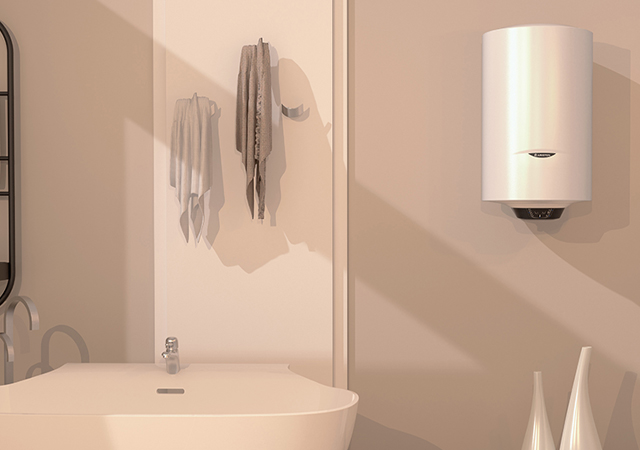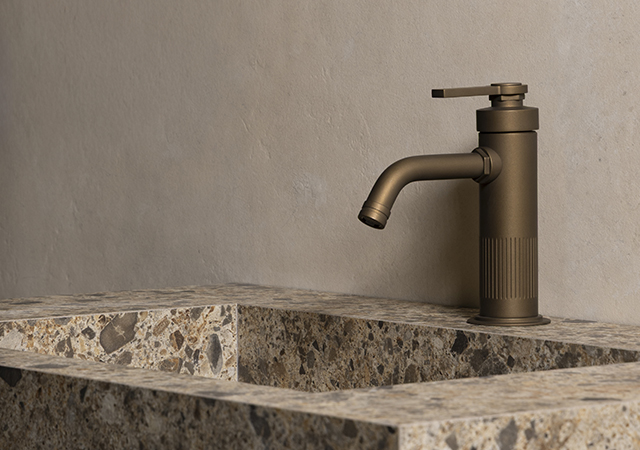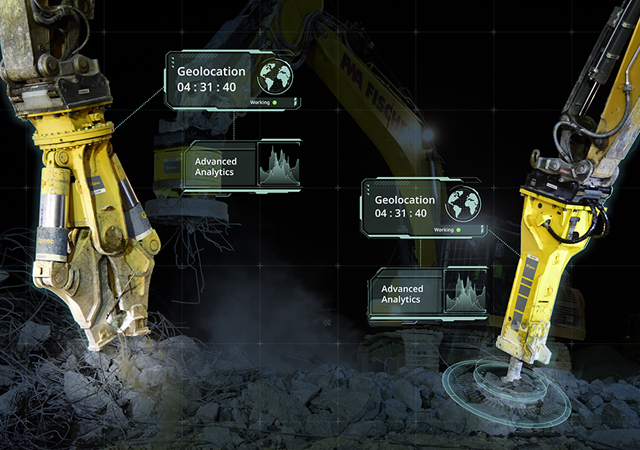
 Axis D6210 and D6310 monitor indoor air quality by detecting smoke and air pollutants.
Axis D6210 and D6310 monitor indoor air quality by detecting smoke and air pollutants.
Axis Communications, a leading manufacturer of network security and surveillance solutions, has unveiled its D6210 and D6310 air quality sensors, the first environmental sensors developed by the company in-house.
The new sensors seamlessly integrate with existing Axis solutions to monitor multiple indoor air quality parameters, enabling efficient and appropriate response to indoor air quality issues, and the proactive management and optimisation of air quality in almost any indoor environment, says the company.
Axis D6210 and D6310 monitor indoor air quality by detecting vaping and smoking, and air pollutants such as particulate matter, volatile organic compounds, nitrogen oxides and carbon dioxide, in addition to measuring relative humidity and temperature.
Axis D6210 can be integrated with certain other Axis IP devices, including a number of cameras and a strobe siren, and used in combination with Axis speakers to give customers a cost-effective “plug-and-play” solution to air quality monitoring and response.
Axis D6310, which will be available by the end of this year, is a standalone IP network device and can therefore be added independently to an existing Axis solution.
“Poor indoor air quality is a significant public health issue,” says Robert Woyar, Global Product Manager at Axis Communications. “The World Health Organization estimates that each year nearly four million deaths are caused by indoor air pollution worldwide. Student vaping has reached epidemic levels within schools and needs to be detected and restricted effectively. Certain specific facilities, for example data centres and controlled manufacturing environments, require precise control of air quality parameters, such as relative humidity, temperature, and the level of particulate matter. Our new indoor air quality sensor supports in all these areas and more.”
Using unique portcast technology, Axis D6210 can be easily connected to compatible Axis IP devices, without the need for additional IP addresses, switch ports, or power. The sensor is installed between the connected device, for instance an Axis camera, and the power source, adding extra functionality to the device. For example, air quality parameters can be shown as overlays on a camera’s video stream.
For greater flexibility in placement, Axis D6210 can be located up to 100 m (330 ft) from the IP device or power source. Using the same IP address means that the sensor and connected device are set up for easy system management.
Axis D6310 has the same air quality sensing capabilities as D6210 but is a standalone IP network device with additional functionality. This includes a multi-LED strobe function for sensor status and alerts, an integrated speaker and microphone, Power-over-Ethernet (PoE)-out, a passive infrared (PIR) sensor, and Axis Audio Analytics.
“Depending on the environment and use case, Axis D6210 and Axis D6310 will help to create a healthy and safe environment for employees and visitors, improve operational efficiency and energy consumption, and create data which delivers business intelligence to further support long-term operational planning,” Woyar says. “For instance, real-time indoor air quality monitoring enables immediate response to air quality issues that might present a health issue. Alerts from the sensor, along with live and prerecorded messages from IP speakers can clear specific areas of buildings until remedial action to improve air quality has been taken.”
“Axis D6210 and D6310 air quality sensors might be our first environmental sensors, but won’t be the last. The potential for connecting data from multiple different sensors in health and safety, operational efficiency, and business intelligence is obvious and almost unlimited. Our growing portfolio of IP devices, combined with the open Axis platform and innovative applications from our global partners will deliver ever-increasing value to customers,” he concludes.

















.jpg)













 (1).jpg)

















































.jpg)
